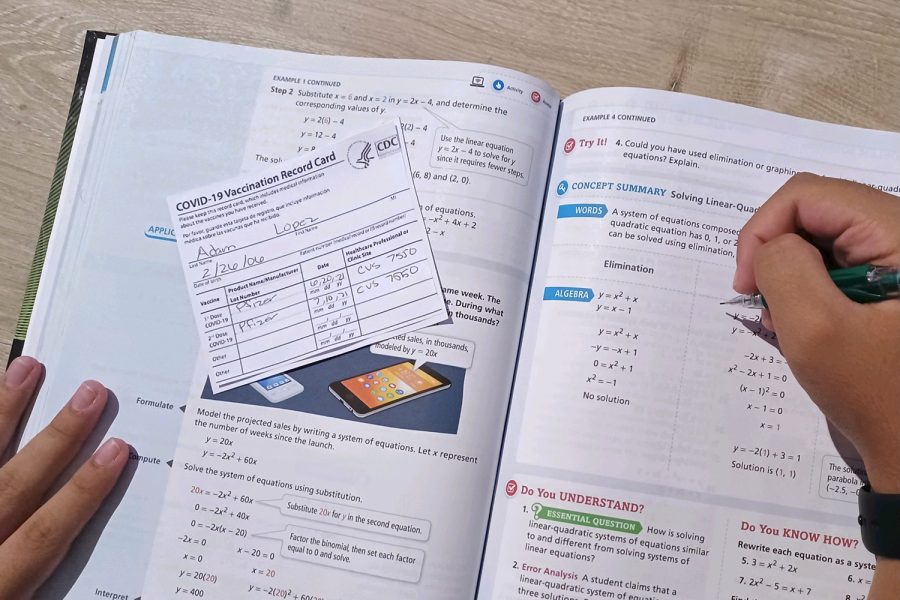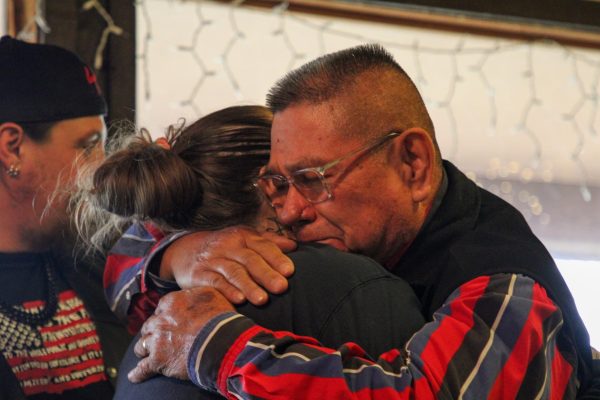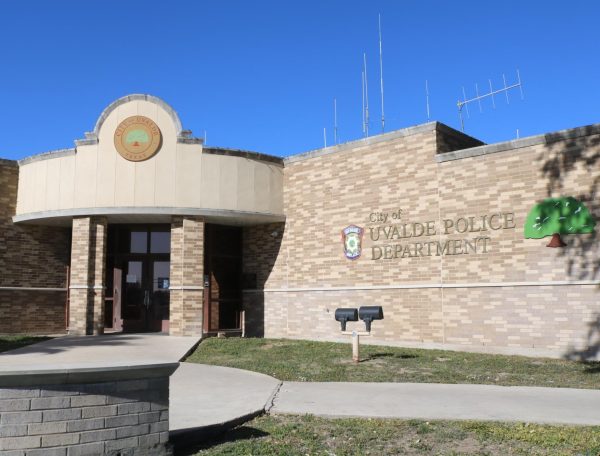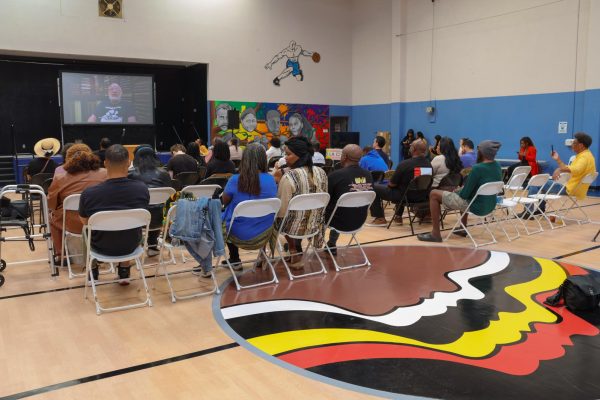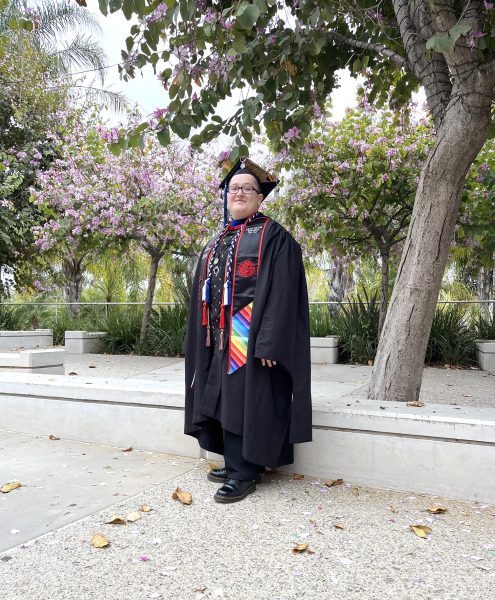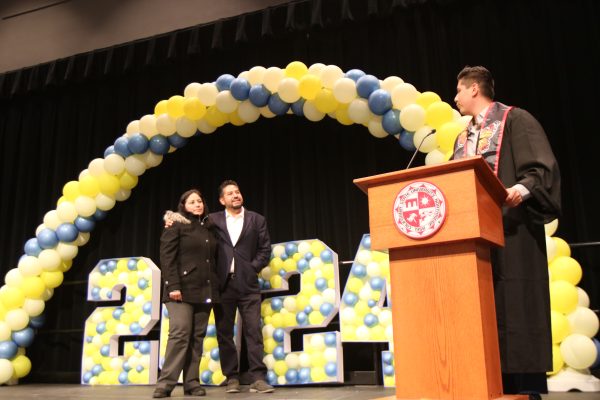Turmoil grows over California’s student vaccination requirement. Here’s what you need to know
November 10, 2021
Gov. Gavin Newsom announced Oct. 1 that the state will require proof of COVID-19 vaccination to attend public K-12 schools once the Food and Drug Administration gives full approval of vaccine use for age groups 5 to 16.
Angelenos face a slew of new requirements for the COVID-19 vaccine, from both the city and the state, leaving many confused or downright opposed to the new mandates.
California recently became the first state in the country to require a COVID-19 vaccine for K-12 schools. Many states have individual school districts that require vaccination, but this addition to the state’s mandatory vaccine list is groundbreaking, as it is a statewide governmental regulation that will make the vaccine mandatory to continue receiving an in-person public education.
The requirement will go in effect on Jan. 1 or July 1 of next year, whichever date comes first once the FDA has given full approval.
While this mandate is unprecedented for the novel coronavirus, it is one many lawmakers justify as necessary, with California having some of the largest amounts of COVID-19 cases. The state has nearly 5 million cases, with 1.5 million cases coming from Los Angeles County alone.
Although the state has had some of the lowest transmission rates of any in the country within the last few months, the amount of COVID-19 cases has caused many in the government to enact some of the strictest regulations in the nation.
At the moment, the FDA has given emergency use authorization for children 5 years old and up to be given the vaccine, but not full approval. The only age range with full FDA approval for the COVID-19 vaccine is those 16 and up.
Los Angeles Unified School District already has a mandate for students 12 years old and up to be fully vaccinated by Jan. 10, 2022, or face removal from in-person classes. Some may be able to receive medical or religious exemptions, but those who do not qualify will be pushed into online learning.
The American Academy of Pediatrics stated that as of Oct. 28, children represent 24.2% of reported weekly COVID-19 cases in the country.
Out of 73 million children in the U.S., roughly 700 have died of COVID-19 since the beginning of the pandemic, according to the Centers for Disease Control and Prevention. COVID-19 is still the seventh largest cause of death for those aged 5 to 11, and that number is even more drastic for those aged 12 to 17.
This isn’t the first time that the government has implemented a mandate to ensure the safety of the community.
In the 1905 case of Jacobson v. Massachusetts, the U.S. Supreme Court ruled that a city and government has a right to enforce a vaccine mandate to protect its citizens. That precedent was used in 1922 to protect the rights of schools to require vaccine mandates for attendance, because of the role vaccines have in controlling the spread of infectious diseases.
Dr. Anthony Fauci, director of the National Institute of Allergy and Infectious Diseases, explained at a recent press briefing that getting kids immunized “would play a major role in diminishing the spread of infection in the community” and claimed that it will bring us closer to herd immunity.
However, not everyone agrees with the decision to vaccinate children.
There have been protests over the legality of these mandates with a statewide sit-in and walkout that took place on Oct. 18, with dozens protesting in Van Nuys and hundreds in Huntington Beach.
Many parents believed they were fighting for their right to choose what is best for their child, expressing concerns over the safety of the vaccine, with signs at the Van Nuys protest that say “I will not co-parent my child with the government,” “Our children our choice,” and “Our kids are not lab rats.”
Several state legislators showed support for the vaccine mandate, but multiple also showed disdain for the move because it was done through an executive order.
California State Sen. Melissa Melendez (R-Lake Elsinore) said, “This is a decision that should have been decided upon by the legislature, not mandated by the Governor.”
Some parents that are upset with the latest mandates resort to threats of violence and acts of intimidation toward school employees. This led to the National School Boards Association to send a letter to Biden requesting for law enforcement assistance in keeping school employees safe.
“On one hand, a statewide mandate removes some of the pressure from school boards, but in areas where there is strong resistance, it could intensify the backlash,” said Troy Flint, chief information officer for the California School Boards Association, when addressing the letter.
The Los Angeles City Council also recently voted on an ordinance to require proof of vaccination to enter most indoor spaces, such as restaurants, salons, movie theaters, shopping malls, coffee shops, gyms and other indoor venues.
By enacting the ordinance, the city’s goal is to battle the spread of COVID-19. While cases in Los Angeles County have decreased dramatically, the past two weeks have had a 34% increase in transmission with more than 1,300 new COVID-19 cases being reported each day on average.
With the colder season coming in and drawing gatherings indoors, some public health experts fear another spike in COVID-19 cases due to contact in enclosed spaces.
This ordinance was passed 11-2, with the opposition being from Los Angeles City Councilman Joe Buscaino and Northridge’s own councilman, John Lee.
Lee agreed on the importance of vaccines in the fight against the COVID-19 pandemic, but claimed that the law is “punitive toward businesses, doesn’t provide an incentive to encourage those who are unvaccinated to get the vaccine, and only furthers the patchwork of regulations that exist across the region.”
The ordinance went into effect on Nov. 8, with fines for businesses that don’t comply being enforced starting Nov. 29.
There will be escalating consequences for businesses that do not comply. The first infraction will result in a warning. The second instance will result in a $1,000 fine, with the third being a $2,000 fine. Subsequent violations will lead to a $5,000 fine.
All businesses that fall within this category must post a notice within the business starting Oct. 21.
